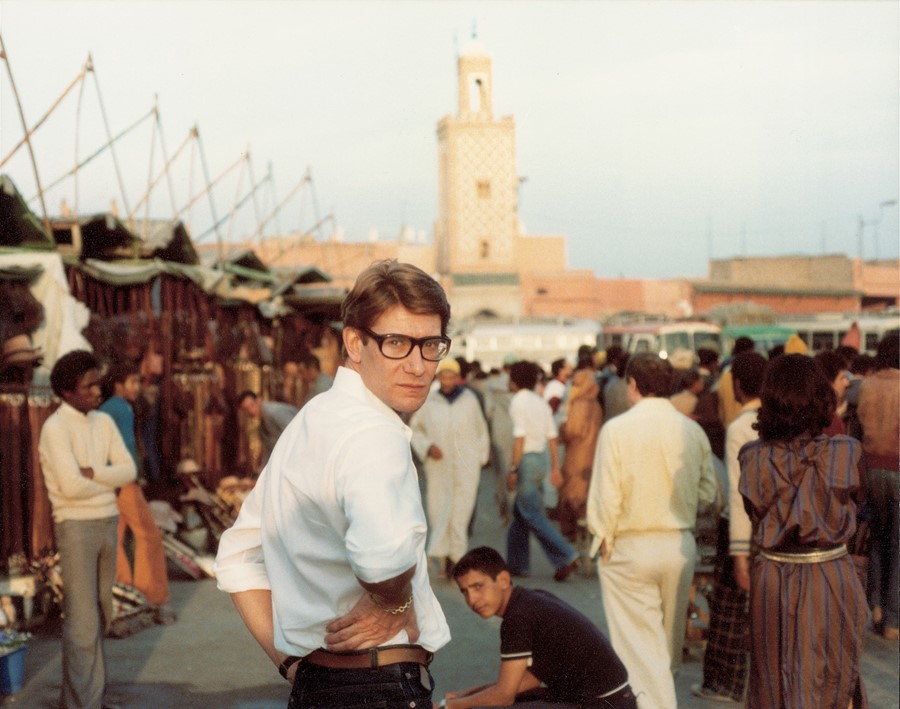As two new institutions open in tribute to the work of Yves Saint Laurent, we compile a list of six of the world’s greatest designer-dedicated spaces
“Fashion responds to current events quickly; it acts as a mirror of our time,” curator Andrew Bolton once noted, and indeed material culture and the objects we adorn ourselves with have always held a fundamental place in forming our understanding of the world. The changing function of a bag, the height of a heel, the length of a hemline or the shape of a sleeve are all in their own ways guides to the changing face of society. As such, the museums dedicated to those who spend their life moulding it are many, and diverse.
This month, not one but two Yves Saint Laurent institutions open, dedicated to archiving and displaying the designer’s seminal work in Paris and Marrakech respectively. An apt opportunity to take stock, and revisit the most à la mode museums dedicated to individual fashion designers around the world, from Christian Dior’s childhood home to Rei Kawakubo’s singular Trading Museums.
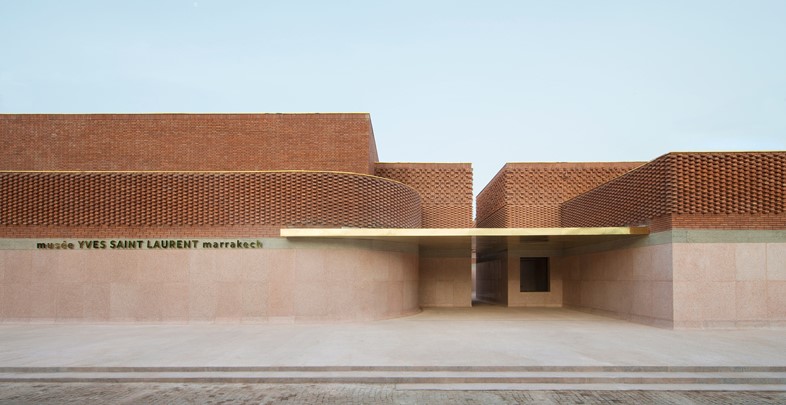
1. Museé Yves Saint Laurent, Marrakech, Morocco (above)
The Museé Yves Saint Laurent in Marrakech, situated on Rue Yves Saint Laurent and adjacent to the renowned Jardin Majorelle, is far more than simply a museum. Not only is it based on the street on which Saint Laurent designed most of his collections, far from the furore of Paris, but it also comprises the now famous garden in which his ashes are scattered. “It is thanks to that garden that I decided to create a Saint Laurent Museum,” his life and business partner Pierre Bergé told Olivia Singer, for the A/W17 issue of AnOther Magazine. “I have learned that it is possible to receive 800,000 people a year there. I have learned it is ‘touristique’. I had the chance to buy an empty place next to the Jardin Majorelle, on rue Yves Saint Laurent. It makes sense.”
The house comprises an extended site of over 4,000 square metres, designed by the French architectural practice Studio KO and built from materials such as terracotta, Moroccan stone and marble. Twinned with another Paris-based museum situated in Saint Laurent’s old studio, the combined sites will house over 20,000 haute couture garments and accessories collected since the founding of the house in 1961. The new Moroccan site also comes complete with its own auditorium, research library, and café. What more could you ask for?
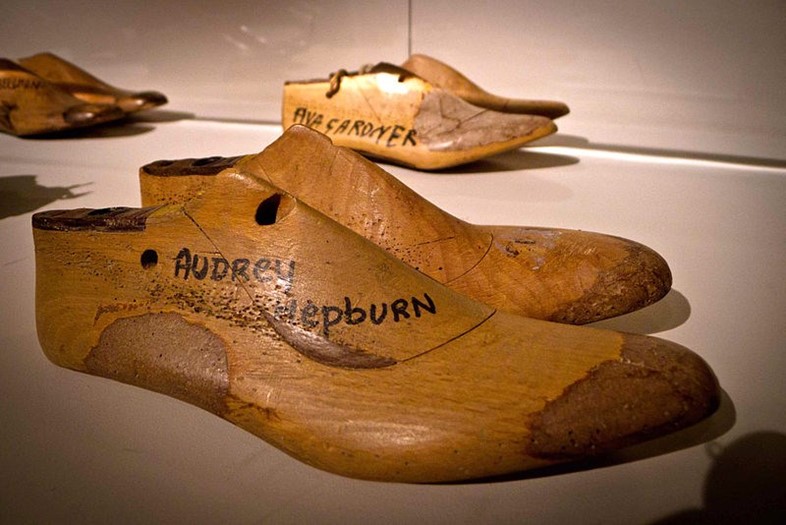
2. Museo Ferragamo, Florence, Italy
The Museo Ferragamo is an institution with a view; it resides in a 14th-century palazzo set in the heart of Italy’s Tuscan hills. After a particularly successful exhibition on Salvatore Ferragamo and his innovative shoe designs, the Ferragamo family decided to found a museum in honour of their patriarch in 1995. Soon afterwards, the Florentine Palazzo ‘Spini Ferroni’, the home of the company since 1938, opened to the public, housing an impressive archive of Ferragamo’s designs. After all, this designer, who invented both the wedge and cage heel, was named ‘shoemaker to the stars’ for a reason; the museum holds an extensive collection of heels and pumps tailor-made for the feet of actresses such as Sophia Loren, Judy Garland, Marilyn Monroe and Audrey Hepburn.
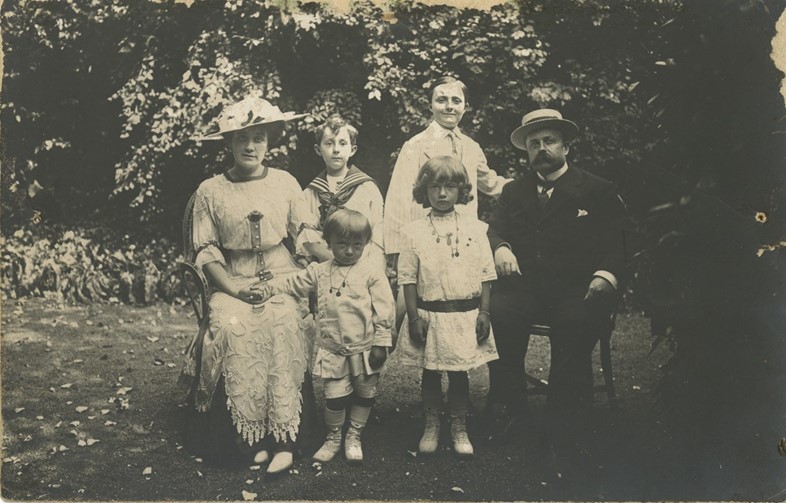
3. Musée Christian Dior, Granville, France
“My life and style owed almost everything to Les Rhumbs,” Christian Dior once confessed. “It stood on a cliff and found itself exposed to atmospheric turmoil, just like how my life – which has not been calm – would turn out to be.” Dior’s childhood home, perched on the outskirts of Granville in France, now houses a remarkable permanent collection of the designer’s works. With sculptural red window frames and dusty pink paintwork, it’s easy to see how the Normandy villa and its colour scheme would linger potently in Dior’s imagination. The museum also features a rose garden, along with crowded beds of hawthorns, honeysuckle, and lily of the valley (a traditional good luck token in France) which Dior planted himself with his mother, and which could also frequently be found in his buttonhole and even hidden in the hems of his dresses.
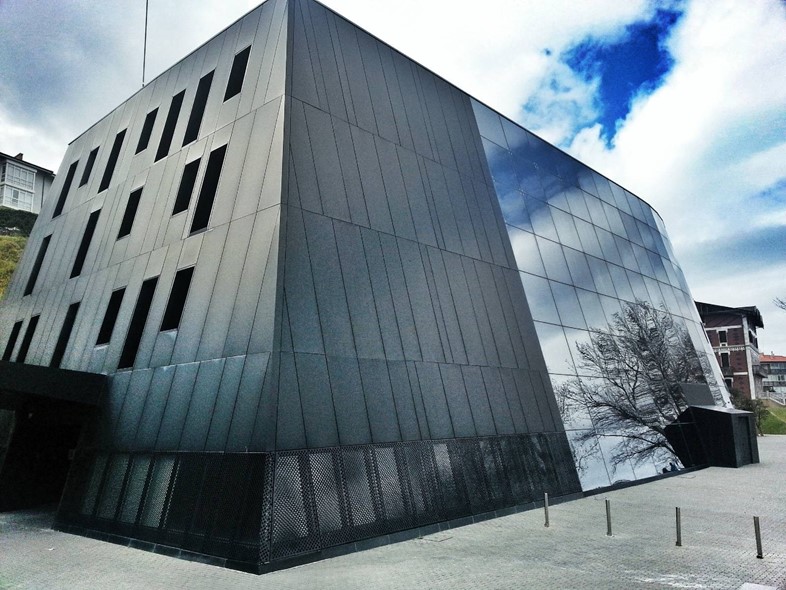
4. Cristóbal Balenciaga Museum, Gipuzkoa, Spain
Praised by Cecil Beaton as “fashion’s Picasso” and by Hubert de Givenchy as “the architect of haute couture”, it follows that Cristóbal Balenciaga, one of the 20th century’s most innovative designers, has a whole museum dedicated to his work. Set in the Basque country in which the designer was born and raised, the collection sits on a hill in the coastal fishing village of Getaria and overlooks the Cantabrian sea. In fact the Palacio Aldamar, the elaborate four-storey villa which opened in 2011 at the same time as the museum, was originally the summer home to the Marquis and Marquesa, who employed Balenciaga’s mother as their seamstress.
The building now features a sleek steel and glass extension to contain its growing collection of iconic sack dresses, balloon jackets and tunic coats designed during the course of the designer’s illustrious six-decade career. The contrast between the original red brickwork and decorative blue designs of the historical villa, against its modern façade, feels fitting for a designer who never stopped looking to the future.
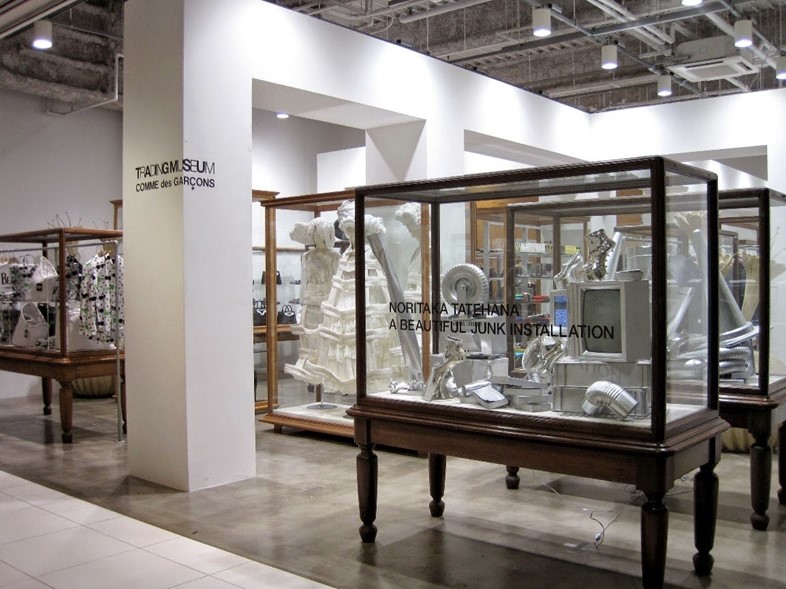
5. Comme des Garçons Trading Museum, Tokyo
It was Rei Kawakubo’s singular vision for a space dedicated to the art of “just looking”, that saw the birth of this Tokyo-based ‘museum’ (though it might be more accurately described as an archive-cum-retail space) and that which followed in Paris. The heart of the city’s fashionable Omotesando avenue now houses an exclusive edited selection of her Comme des Garçons pieces, and other related ephemera; outfits hang from white-washed walls like strange spectres; cream coloured coats, matching hats, and signature button down shirts posed as elegant witnesses to the world that Kawakubo has curated.
An incredible collection of artefacts from the designer’s past are set alongside current stock to ensure the ‘museum’ provides a context for every item. The minimalistic layout of ornate glass cabinets (borrowed especially from the V&A) and wooden rails, aims to encourage observing alongside consuming, with lacquered leather bags, shined shoes, and curious objects all piled high out of reach behind clear glass. The musician Björk once declared Kawakubo’s stores “sacred”; the museum concept stores might just be the designer’s holy temple.
